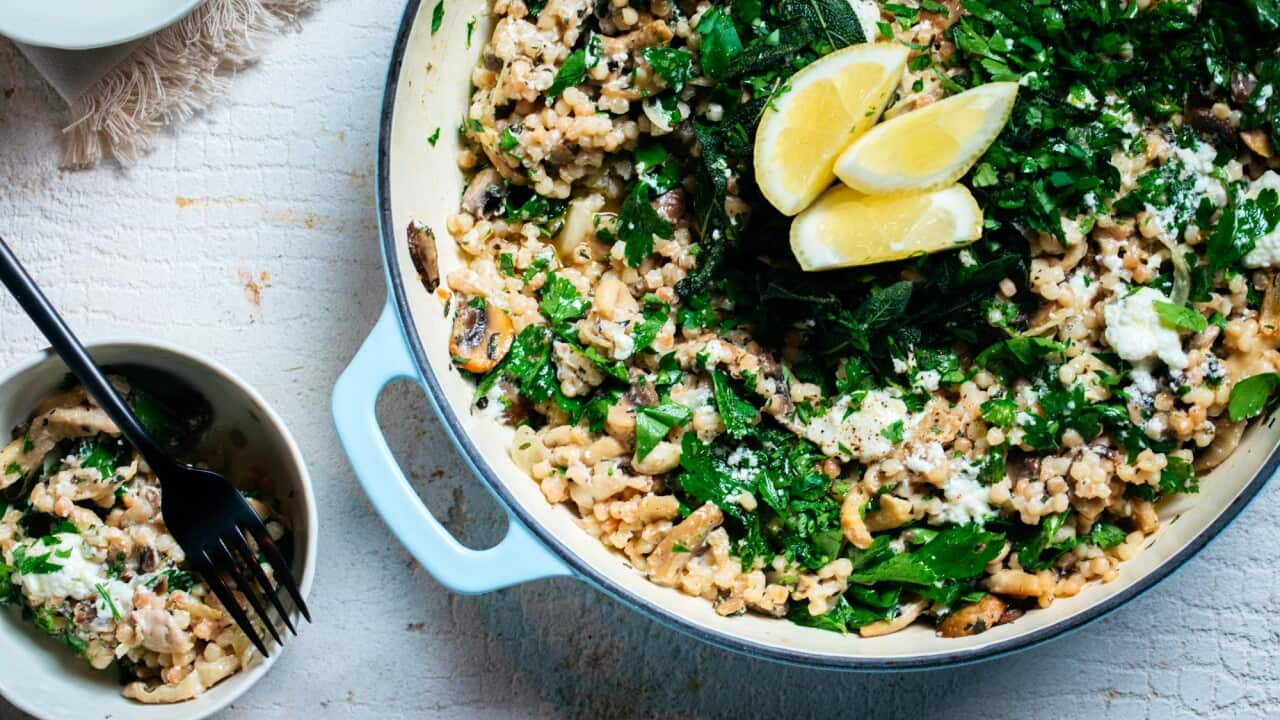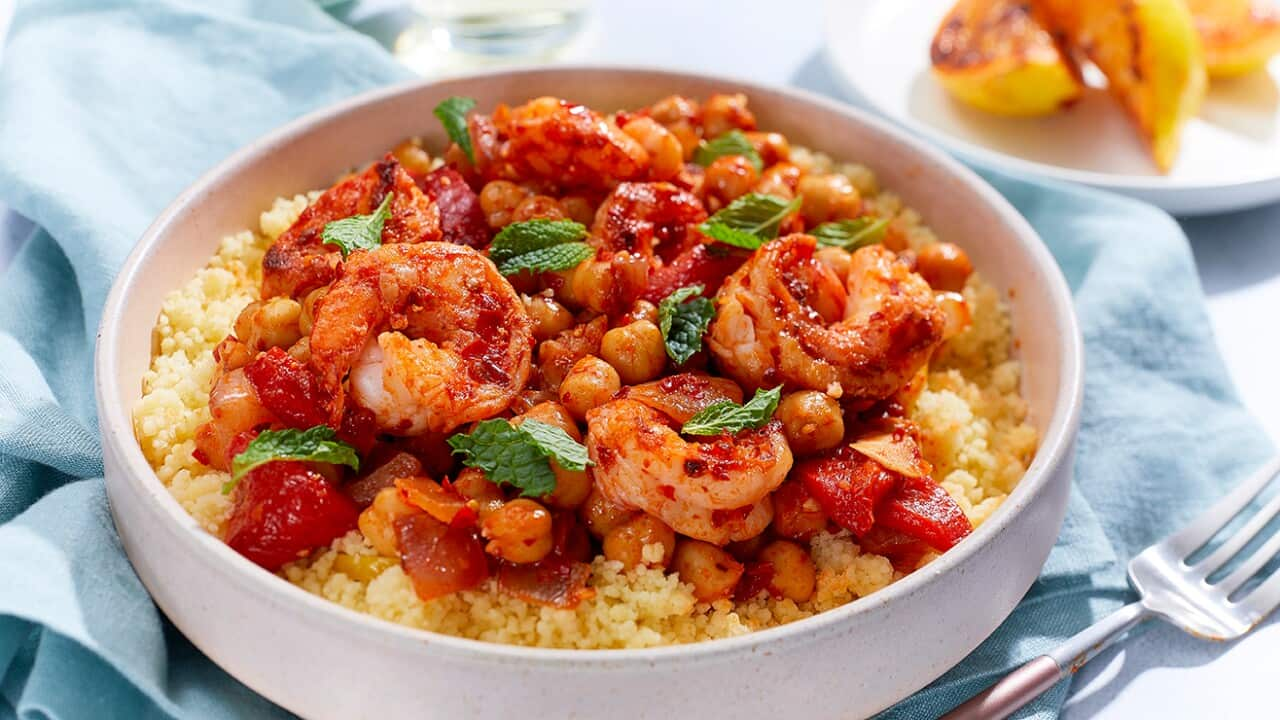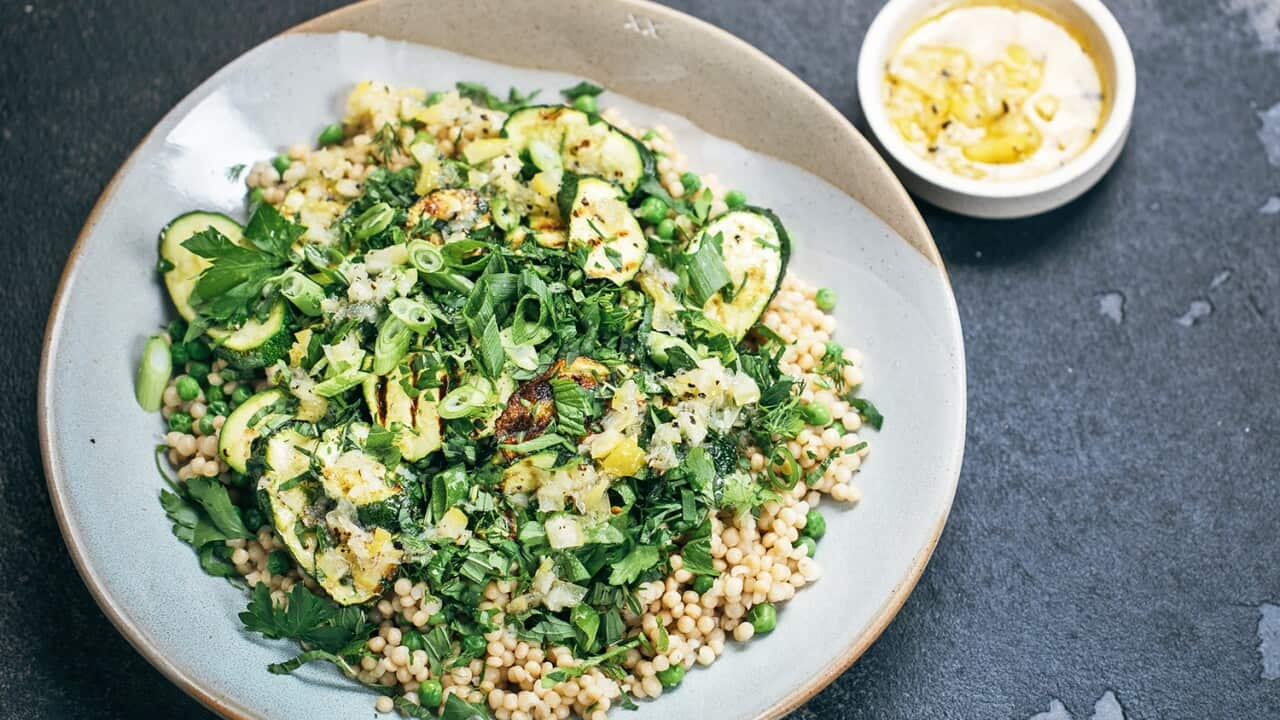To the millions of people living in North Africa, couscous is not just an ingredient that’s used to make a quick dinner. It’s a symbol of tradition and culture that’s as popular today as it was in ancient times.
“If a single item on the table can bind the region of North Africa, it is couscous: an emblem of shared heritage,” pens food writer Jeff Koehler in
Couscous is to North Africa what pasta is to Italy: the focus of family life and community. In Morocco and Libya, eating couscous after midday Friday prayers is a tradition, while couscous is commonly prepared for families in Tunisia on a Sunday.
The uniting power of this simple ingredient was clearly demonstrated in 2020 when Algeria, Morocco, Tunisia and Mauritania came together to get couscous a spot on the UN agency's list of the world's Intangible Cultural Heritage. The move was praised by the UN agency as an “example of international cooperation”, as couscous became inscribed on the .
So what is this beloved, noteworthy ingredient exactly? Couscous is a grain made of wheat or barley that’s ground into semolina flour. It’s then rolled into balls and soaked and steamed, or toasted.
It goes without saying that couscous is so big in North Africa because that’s where it originated. Couscous is the traditional dish of the , an ethnic group in the region. This is perhaps why the most popular style of couscous used in the North African region is called ‘Moroccan couscous’. The tiny balls of semolina are typically soaked and steamed. Moroccan couscous cooks very quickly so it's regarded as a highly versatile grain.
If a single item on the table can bind the region of North Africa, it is couscous: an emblem of shared heritage.
Over the years, couscous’s influence has spread beyond North Africa and into Europe and parts of the Middle East. In Sicily – specifically Trapani – an ancient fish-based dish called couscous alla Trapanese is still going strong. Over in Spain, couscous is commonly used in Andalusian dishes and served with vegetables. In Paris, France couscous is an essential part of the local cuisine with most bistros featuring a couscous dish on their menu.
– also called Moghrabieh couscous – is another style of couscous that’s popular throughout the Middle East. The grain is larger than the Moroccan variety and takes a long time to cook. It features in the Lebanese dish of the same name ‘’ alongside chicken or lamb shanks.
The culturally flexible ingredient is also big in Israel. Israeli couscous (or pearl couscous) is made with semolina flour and water like. However, the balls are toasted not steamed. This helps gives the grains a nuttier flavour. The grains are also larger than the Moroccan variety, taking slightly more time to cook.
is a modern variation on the ancient grain. It was actually invented in the 1950s when rice was scarce and the country’s population was growing. The then-prime minister of Israel, David Ben-Gurion, asked a local food company to create a wheat-based alternative that would be more accessible. Israeli couscous was born.
“Today, couscous is commonly served as a side dish to meat or fish,” says Joel Feren.
“My grandmother, who was born in Jerusalem, used to make a simple dish of Israeli couscous and diced mushrooms. It was always one of my favourites – she used to call it . She would typically make it for Sabbath dinners and on chagim (festivals).”
Healthy and versatile couscous
Not only does couscous fit in so well with so many varying cultures across the world, but the ingredient offers a number of health benefits as well.
Accredited Practising Dietitian, Joel Feren, tells SBS that all kinds of couscous are a constant source of fibre and contain moderate amounts of protein. This makes couscous a valuable food choice for people following a plant-based diet.
The grain is also rich in selenium. “One cup of is estimated to contain approximately 60 per cent of the recommended daily intake for selenium,” says Feren.
“Selenium is a powerful antioxidant that can help with repair and inflammation. It has also been found to improve heart health by reducing the build-up of plaque and LDL cholesterol in arteries.”
Research shows that selenium may also be protective against certain types of cancer, including breast, lung, bowel, and prostate cancers, as well as support the immune system and thyroid health.
The world on a plate
So how do you cook couscous? In general, couscous grains cook and expand with hot liquid, whether that’s boiling water or broth. The length of time you need to cook couscous depends on the kind of couscous you’re using. So just follow the recipe instructions and let your instinct lead you.
Given the extended love of couscous across the globe, there’s no doubt that you’ll have an endless supply of international dishes to choose from – you can try a Sicilian meal one night and be transported to Algeria on a plate the next.
All you need to do is get cooking and experiment. When it comes to couscous, you’re only limited by the worldliness of your kitchen pantry.










